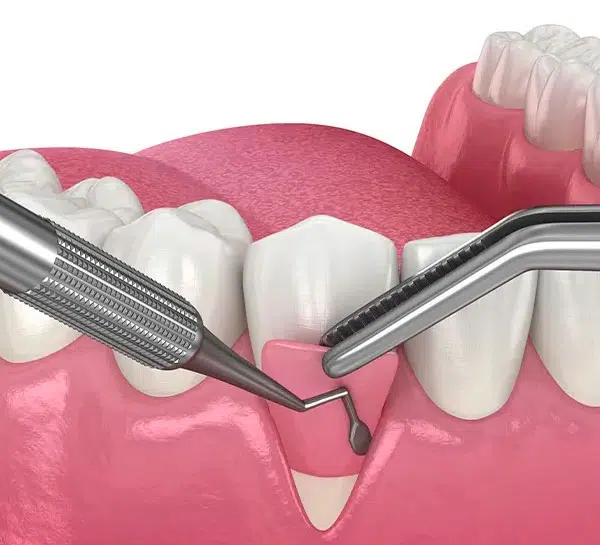

What is Flap surgery
Flap surgery is a type of reconstructive surgery where a section of tissue, known as a flap, is moved from one part of the body to another. This flap includes skin, muscle, and sometimes bone or fat, and it retains its own blood supply. Flap surgery is commonly used to repair defects, reconstruct areas after trauma or cancer removal, and improve functional or aesthetic outcomes. The procedure involves carefully detaching the flap from its original site and securing it in the new location, where it will integrate with the surrounding tissues. This technique is crucial for enhancing healing and restoring normal function.
Symptoms Of Flap surgery
When crowns and bridges are properly fitted, they should not cause significant symptoms. However, if you experience discomfort or issues, it might indicate a problem. Symptoms associated with crowns and bridges include:
- Swelling : The area around the flap may swell as part of the healing process.
- Pain : Mild to moderate pain is common, often managed with prescribed medication.
- Bruising : Discoloration may occur around the surgical site.
- Redness : The skin around the flap may appear red, indicating inflammation.
- Discharge : Some fluid or blood may ooze from the surgical site initially.
- Numbness : Temporary numbness or altered sensation in the flap or surrounding area.
- Itching : As healing progresses, itching may occur as the skin recovers.
How to Treatment
Post-flap surgery treatment focuses on promoting healing, managing symptoms, and preventing complications. Here are general guidelines:
- Follow Medical Advice : Adhere to your surgeon’s instructions for care and medication.
- Wound Care : Keep the surgical site clean and dry. Follow instructions for changing dressings and applying any prescribed ointments.
- Pain Management : Take prescribed pain medications as directed. Over-the-counter pain relievers may also be recommended.
- Monitor for Complications : Watch for signs of infection, such as increased redness, swelling, or discharge. Contact your healthcare provider if these occur.
- Elevate and Rest : Elevate the area if advised to reduce swelling. Rest and avoid strenuous activities to promote healing.
- Hydration and Nutrition : Maintain a healthy diet and stay hydrated to support the healing process.
- Follow-Up Appointments : Attend all scheduled follow-up visits with your surgeon to monitor progress and address any issues.